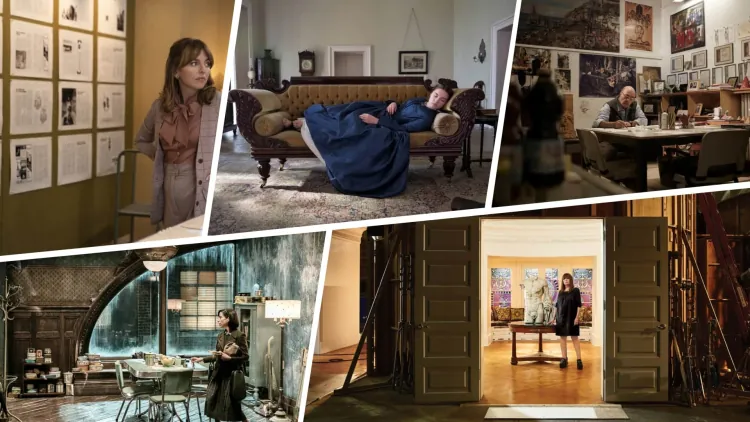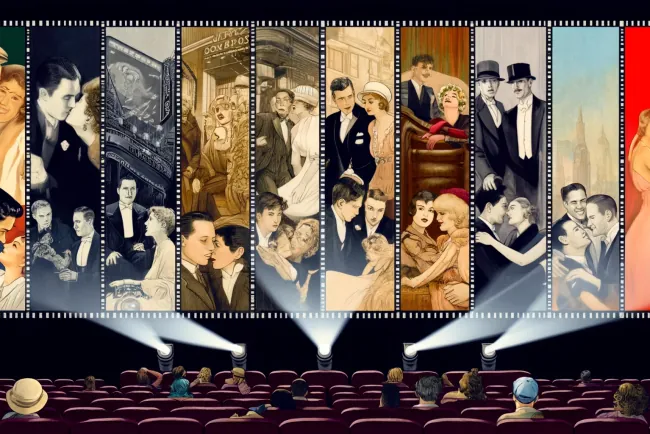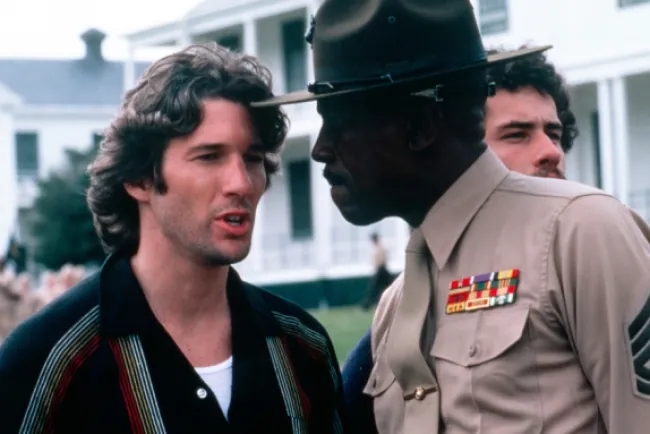The Art of Decoration in Cinema: Crafting Visual Narratives
the crucial role of decoration in cinema, including set design, props, color, and texture. Learn how these elements enhance storytelling and create immersive movie experiences.

The Art of Decoration in Cinema: Crafting Visual Narratives
In the realm of cinema, decoration is more than mere background embellishment. It's a crucial element of visual storytelling that enhances the narrative, evokes emotions, and immerses the audience into the film's world. The art of decoration in cinema, encompassing set design, props, and overall aesthetic, plays a pivotal role in creating a believable and engaging cinematic experience.
The Role of Set Design
Set design, also known as production design, is the backbone of cinematic decoration. It involves creating the physical surroundings where the film's action takes place. Set designers work closely with directors and cinematographers to ensure that every element on screen contributes to the story.
-
Historical Accuracy and World-Building: For period films, historical accuracy in set design is paramount. Designers meticulously research the era to recreate authentic environments. In contrast, for fantasy and sci-fi films, set designers engage in extensive world-building, often blending reality with imagination to construct new worlds.
-
Mood and Atmosphere: Set design significantly influences the mood and atmosphere of a film. Dark, cramped sets can evoke feelings of tension and claustrophobia, while bright, open spaces can convey freedom and optimism. For instance, the gothic, decaying sets in Tim Burton's films contribute to their eerie, whimsical tone.
The Importance of Props
Props, short for properties, are objects used by actors or present in the background of a scene. They add layers of realism and context to the narrative.
-
Character Development: Props can be vital in character development. A character’s choice of accessories, books, or personal items can reveal their personality, profession, and background. For example, the distinctive sunglasses and tailored suits in "The Matrix" are integral to the characters' identities and the film's aesthetic.
-
Plot Devices: Props often serve as plot devices, driving the story forward. The spinning top in "Inception" is a perfect example, symbolizing the fine line between dreams and reality and keeping the audience engaged in the film's central mystery.
Color and Texture
The use of color and texture in decoration is a subtle yet powerful tool in cinema. It helps establish tone, symbolize themes, and draw the audience's attention to specific details.
-
Color Palettes: Filmmakers use color palettes to evoke emotions and highlight themes. Warm colors like red and orange can create a sense of warmth or danger, while cool colors like blue and green can convey calmness or melancholy. Wes Anderson's films are renowned for their distinctive color palettes, which contribute to their unique visual style.
-
Texture and Material: The texture of set materials and props adds a tactile dimension to the visual experience. Rough, worn textures can imply a sense of history and decay, while smooth, polished surfaces can suggest modernity and sterility.
The Collaborative Process
Decoration in cinema is inherently collaborative. Production designers, set decorators, prop masters, and art directors work together to create a cohesive visual narrative. Their work is often synchronized with other departments such as costume design, lighting, and cinematography to ensure that every visual element aligns with the director's vision.
- Interdepartmental Synergy: For example, in a horror film, the synergy between set design, lighting, and sound is crucial to building suspense. Shadows cast by strategically placed objects, combined with eerie sound effects, can create a sense of dread and anticipation.
Case Studies in Cinematic Decoration
-
"Blade Runner": Ridley Scott's "Blade Runner" is a masterclass in cinematic decoration. The film's dystopian future is brought to life through its detailed set design, incorporating neon lights, rain-soaked streets, and futuristic architecture, creating a world that feels both alien and familiar.
-
"The Grand Budapest Hotel": Wes Anderson's "The Grand Budapest Hotel" showcases the director's meticulous attention to decoration. The film’s whimsical sets, adorned with pastel colors and intricate details, enhance the quirky narrative and provide a visual feast for the audience.
Conclusion
Decoration in cinema is a multifaceted art that extends beyond mere visual appeal. It is a storytelling device that enhances the narrative, defines characters, and creates immersive worlds. Through meticulous set design, thoughtful use of props, and careful consideration of color and texture, filmmakers craft visual narratives that captivate and resonate with audiences. In the hands of skilled artists, decoration transforms from background detail into a vital component of cinematic magic.
What's Your Reaction?






















